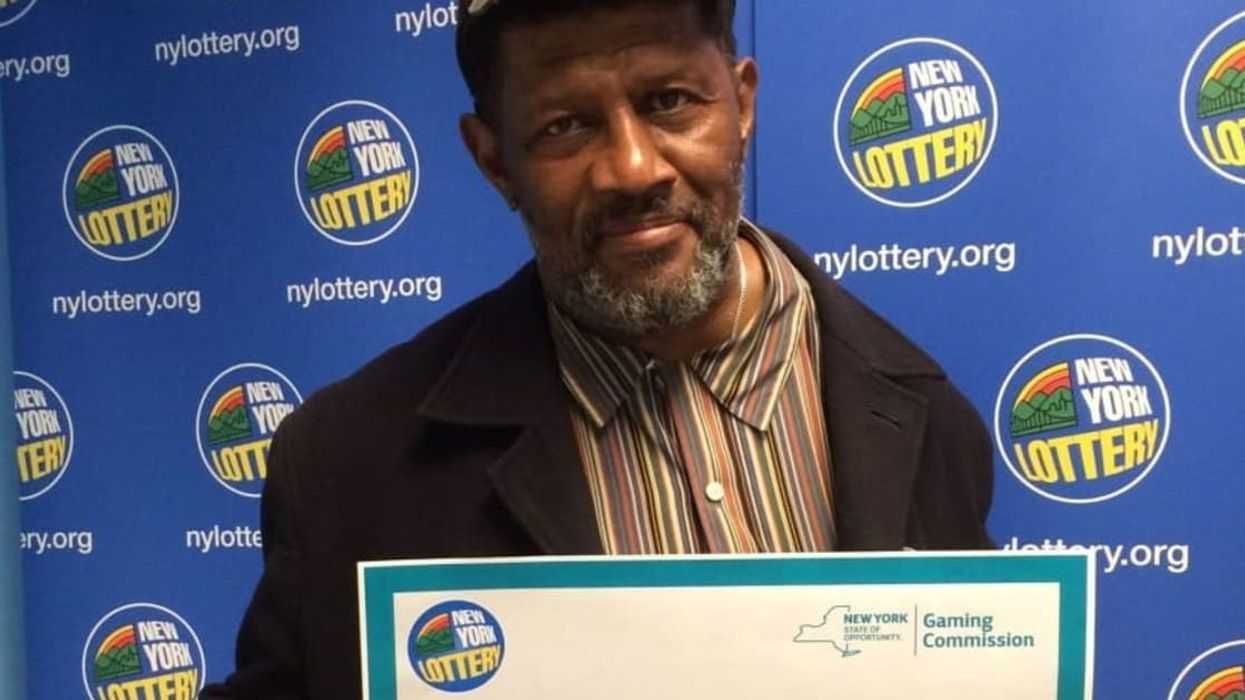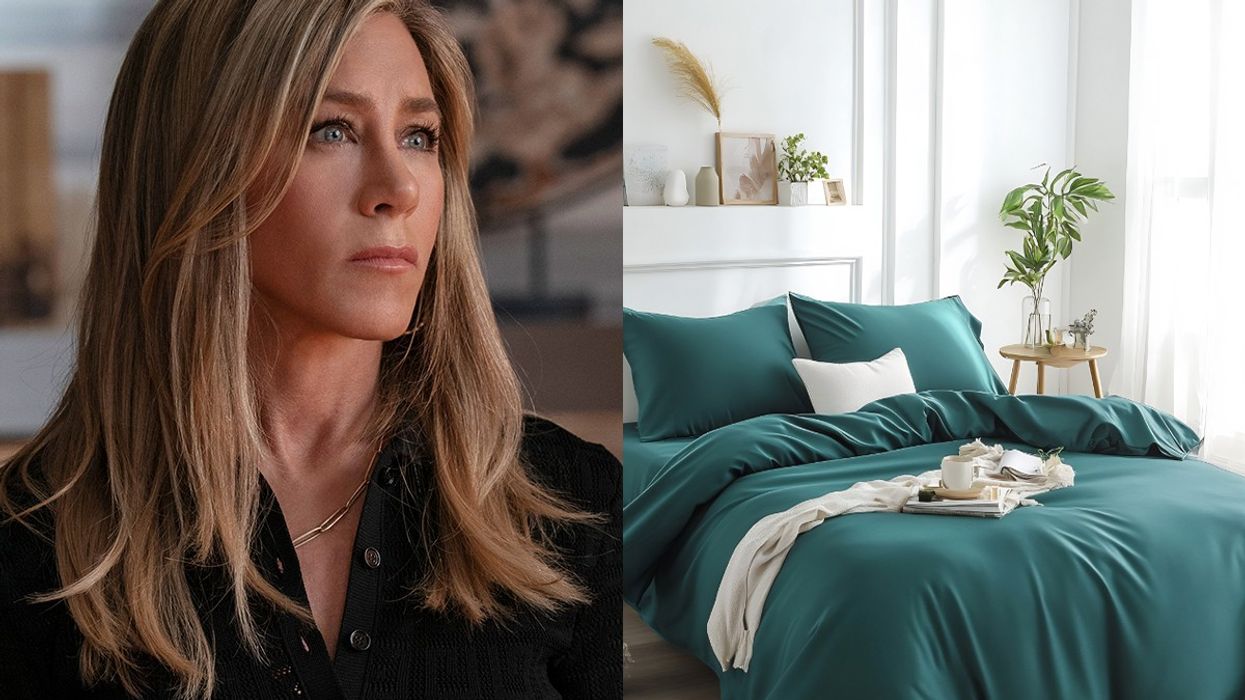The Los Angeles Community College District is massive. It serves about 250,000 students annually on nine campuses spread throughout 36 cities in the Los Angeles region—making it one of the most geographically diverse land owners in the city. In 2001, the district announced an ambitious green building plan that would radically change the way LACCD operated, from using renewable materials to championing energy efficiency. Vast improvements were planned for each of the nine campuses, each of which would reinvigorate dense urban neighborhoods and reach some of the most underserved residents in the county.
But such efforts—and the $6 billion in taxpayer funds that paid for them—have not been without controversy. Last week in The Los Angeles Times, LACCD got slammed for a solar-gone-sour project that the Times claimed could have cost the district $10 million. But what the Times doesn't mention at all is the sustainable building boom that's happening right now at LACCD schools—thanks to nine architectural firms who have contributed exciting designs for the nine campuses. The concepts, which were each presented at an event last week named 9x9x9, are currently underway across the city.
While LACCD may have miscalculated its ability to effectively power the campuses with solar energy (a technology which, to be honest, has yet to prove its full potential across the construction world), this move to build what are essentially nine community centers will be far more valuable for the neighborhoods LACCD serves. Creating gorgeous, sustainable landmark buildings for higher education will not only provide a healthier, more inspiring learning environment for hundreds of thousands of students, it might just lure some people back to school.


















 Screenshots of the man talking to the camera and with his momTikTok |
Screenshots of the man talking to the camera and with his momTikTok |  Screenshots of the bakery Image Source: TikTok |
Screenshots of the bakery Image Source: TikTok | 
 A woman hands out food to a homeless personCanva
A woman hands out food to a homeless personCanva A female artist in her studioCanva
A female artist in her studioCanva A woman smiling in front of her computerCanva
A woman smiling in front of her computerCanva  A woman holds a cup of coffee while looking outside her windowCanva
A woman holds a cup of coffee while looking outside her windowCanva  A woman flexes her bicepCanva
A woman flexes her bicepCanva  A woman cooking in her kitchenCanva
A woman cooking in her kitchenCanva  Two women console each otherCanva
Two women console each otherCanva  Two women talking to each otherCanva
Two women talking to each otherCanva  Two people having a lively conversationCanva
Two people having a lively conversationCanva  Two women embrace in a hugCanva
Two women embrace in a hugCanva 
 A reddit commentReddit |
A reddit commentReddit |  A Reddit commentReddit |
A Reddit commentReddit |  A Reddit commentReddit |
A Reddit commentReddit |  Stressed-out employee stares at their computerCanva
Stressed-out employee stares at their computerCanva
 Who knows what adventures the bottle had before being discovered.
Who knows what adventures the bottle had before being discovered. 
 Gif of young girl looking at someone suspiciously via
Gif of young girl looking at someone suspiciously via 